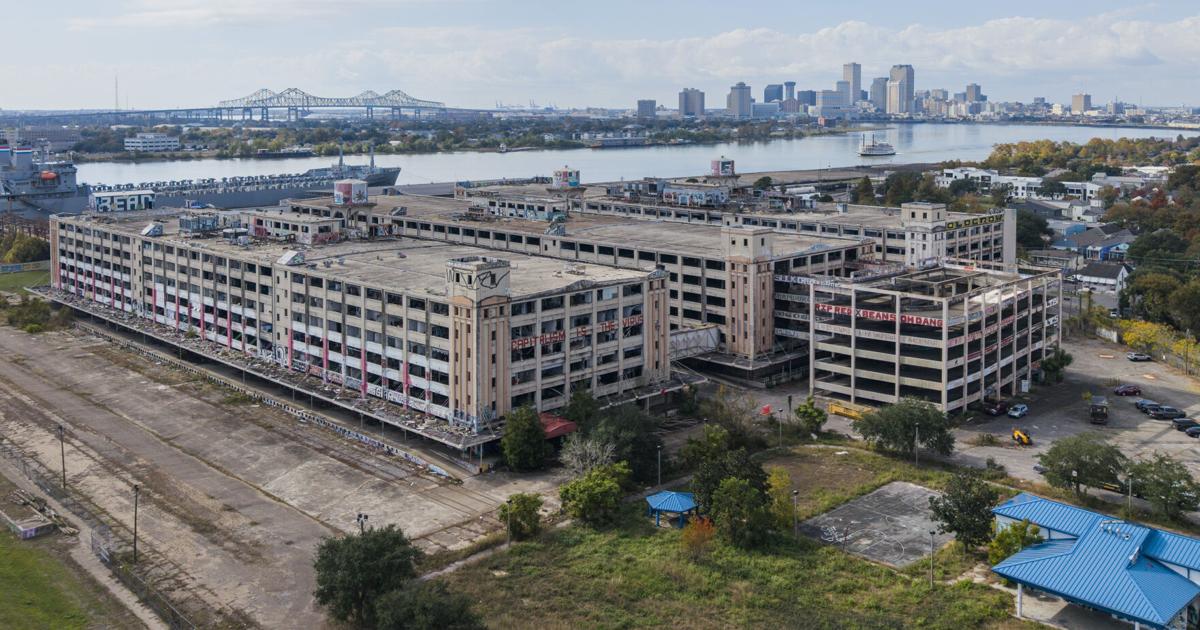Open this photo in gallery:
RioCan’s Living division was an attempt by the company to diversify its retail portfolio by building rental apartment towers.Sammy Kogan/The Globe and Mail
Seven years ago, RioCan Real Estate Investment Trust, one of Canada’s best-known real estate companies, set out to reinvent itself. RioCan made its name owning suburban power centres with tenants that included Canadian Tire and Dollarama, but by 2018 the proliferation of e-commerce had investors spooked. To pivot, RioCan launched a new division, called Living, with a goal of building rental apartment towers that would diversify its retail portfolio.
Real estate development is notoriously risky, but the timing seemed sublime. Canada was already grappling with a housing shortage, and the Trudeau government had plans to accept more immigrants, which would only exacerbate the problem.
RioCan also saw an opportunity to develop new, durable apartments – known in the industry as purpose-built rentals – then lure tenants willing to pay premium rents. “Luxury rentals” would foster a community vibe with spiffy common spaces and offer higher-end amenities such as cold storage for deliveries.
The strategy makes even more sense today, at least on paper. The country’s housing shortage is far worse, and owninga single-family home has become a pipe dream for many young Canadians.
Yet this May, RioCan all but pulled the plug on its Living division, announcing plans to sell its existing buildings and to largely exit the residential development game. At the time RioCan wouldn’t elaborate, other than telling analysts it will use a different funding strategy if any new projects arise. If so, itwill have outside investors provide the majority of the required capital, “while RioCan will contribute its land and its expertise.” The company declined to comment for this story.
Lately it’s become clear what RioCan and its peers are up against.Across the industry there is a quiet acceptance that luxury rental suites aren’t the miracle they were hoped to be, and the institutional investors needed to fund these projects are turned off by the meagre returns – now as low as 4.5 per cent annually, according to industry experts.
Open this photo in gallery:
RioCan is one of Canada’s best-known real estate companies.Sammy Kogan/The Globe and Mail
The situation is painful for the companies that hoped purpose-built rentals would be a bright spot. Commercial real estate has taken blow after blow since interest rates started climbing in March, 2022 – mortgages are more expensive, investors can find yield elsewhere – and what felt like a last, great hope is fading, too.
The irony of it all is that the current mess is fuelled by something so many Canadians desperately want: falling rents. Many development costs are quite sticky, and that puts pressure on rents to drive returns.
Lately, though, rents are coming in under financial projections, particularly in Toronto and Vancouver, and a rebound isn’t expected for a few years. That spells trouble because developers need investors to finance their projects. But lately, the returns often aren’t good enough to attract the capital.
The current market is particularly painful for condo developers who prayed that shifting to purpose-built rentals would help them keep the lights on now that condo sales have dried up. “Everyone is trying to pivot toward rentals,” said Niall Finnegan, a development cost expert at real estate consultancy Finnegan Marshall in Toronto, “but the conversion rate on getting a job approved and financed is very low.”
The scenario is also grim for Canada at large. The country’s population has exploded to 41 million and the only real fix for the housing affordability crisis is to increase supply. But now even rental buildings are struggling to get developed.
Open this photo in gallery:
Riocan’s FourFifty The Well. The company all but pulled the plug on its Living division last May.Sammy Kogan/The Globe and Mail
Recent figures from the Canada Mortgage and Housing Corp. suggest rental housing starts are flourishing, but these numberscan be deceiving. CMHC counts projects that are rising above ground, yet getting to that stage of development can take two years. Across the industry, consultants and developers track earlier-stage projects, and many say rental starts have plummeted around 60 per cent lately.
Only two years ago, purpose-built rentals seemed like fantastic investments. In 2023, Canada’s population jumped by 1.3 million and the supply of new housing wasn’t anywhere close to keeping up. Because of this mismatch, owners of existing rental buildings, such as Canadian Apartment Properties REIT, were able raise rents by an average of 28 per cent whenever a tenant turned over.
Lately, though, Toronto and Vancouver have been flooded with new condo completions. At the same time, the number of international students in Canada is dropping quickly, with 155,000 leaving in the past three quarters, and this demographic is much more likely than others to rent. In other words, renters now have more options.
“Canada has a ton of pent-up demand for housing,” said Wendy Waters, vice-president of research services and strategy at GWL Realty Advisors Inc. in Vancouver, “just not always at those rents from 2023.”
Because of the sudden supply, two-thirds of recently developed rental buildings in the Greater Toronto Hamilton Area now offer incentives such as two months of no rent and free parking, according to Urbanation, a real estate data provider.
Toronto-based developer Fitzrovia made a splash last year by raising a $1.1-billion fund backed by pension plans to build apartments for downsizers and young families. One of its projects, the Elm-Ledbury in downtown Toronto, offers amenities such as “a resort-style pool with designer cabanas and lounges, a cutting-edge ski and snowboard simulator, and a professional Raptors basketball court.” Officially, a 540 square foot one-bedroom unit there is listed at $3,050 a month, but new tenants are being offered up to two months of rent free, a $250 gift card and 10 years of free internet.
The good news for developers is that costs are finally starting to fall – particularly land costs. So many condo projects are now in receivership that zoned land for multifamily properties can now be purchased for half the priceit would have cost two years ago (though that isn’t necessarily helpful for rental developers who already hold this type of land themselves). Construction costs are also starting to come down.
But many costs remain sticky, particularly development charges that cities impose on new projects.Municipalities have had so many costs downloaded to them from the federal and provincial governments over the years that DCs, as they are known, have become an important source of revenue to offset municipalities’ growing financial burdens.
Because costs are somewhat fixed, rents are the crucial variable in financial models. “A couple of percentage-points swing in rent has a dramatic effect on yields,” said Brad Jones, head of development at Wesgroup Properties, a major rental developer in Vancouver.
Open this photo in gallery:
Fitzrovia’s Elm-Ledbury offers amenities like a swimming pool with designer cabanas and lounges, a ski and snowboard simulator and a basketball court.Sammy Kogan/The Globe and Mail
Adrian Rocca, founder and chief executive officer of Fitzrovia in Toronto, seconds that: “Your single biggest needle mover is rent.”
With so much uncertainty around rents, it’s getting harder to attract investment capital for new projects. Mr. Rocca predicts the current situation will be short-term, but acknowledged it is “keeping institutional investors on the sideline.”
The financing math is tricky for rental buildings because unlike condo developers, who presell most units before starting construction and then transfer ownership to individual buyers upon closing, purpose-built rental developers take on a multidecade liability.
Because development yields are now around 4.5 per cent, institutional investors such as pension funds, insurers and family offices just aren’t as intrigued. “The return to do it just doesn’t justify the risk,” said Mr. Jones from Wesgroup. Investors can get close to these yields buying 10-year U.S. Treasury bonds.
It all makes for an odd dynamic. Population growth has vastly outstripped housing supply for more than a decade, said Dan Dixon, a long-time development consultant in Ottawa. “That story hasn’t really changed.”
Open this photo in gallery:
Fitzrovia raised a $1.1-billion fund backed by pension plans last year in an effort to build apartments for downsizers and young families.Sammy Kogan/The Globe and Mail
But it’s tough to get investors to support the sector’s long-term story, even with all the supports that multiple levels of government have put in place for rental construction, including scrapping the goods and services tax on new buildings and providing low-cost construction financing throughCMHC.
It’s an age-old problem. Institutional backers often have to report quarterly or annual results, and recent returns on some projects finished in 2023 and 2024 are now negative because rents have fallen. It’s hard to tell clients that returns don’t matter for a decade.
For Canadians, it all sounds so familiar. For the past two years there has been a global panic about securing critical minerals to fuel the green revolution, and Canada is blessed with a number of them. Yet securing private financing to build graphite or lithium mines has extremely difficult. Housing is the same – we need much more of it, yet it’s tough to finance new construction.
This doesn’t mean new rental developmentis dead. On Wednesday, Toronto-based Starlight Investments announced the groundbreaking of a new project in Victoria that will build 526 rental suites.
But in Toronto and Vancouver, where the housing crisis is particularly acute, the recent drop in new development will hurt in the near future. New projects take years to plan and build, and even if rents stabilize in 2026, developments currently being shelved can’t be restarted with the flip of a switch.
“If you think there’s a crisis today,” Fitzrovia’s Mr. Rocca said of housing affordability, “it’s going to be a catastrophe in four years.”
Open this photo in gallery:
RioCan wanted to lure tenants willing to pay premium rents with new, durable apartments – known in the industry as purpose-built rentals.Sammy Kogan/The Globe and Mail






